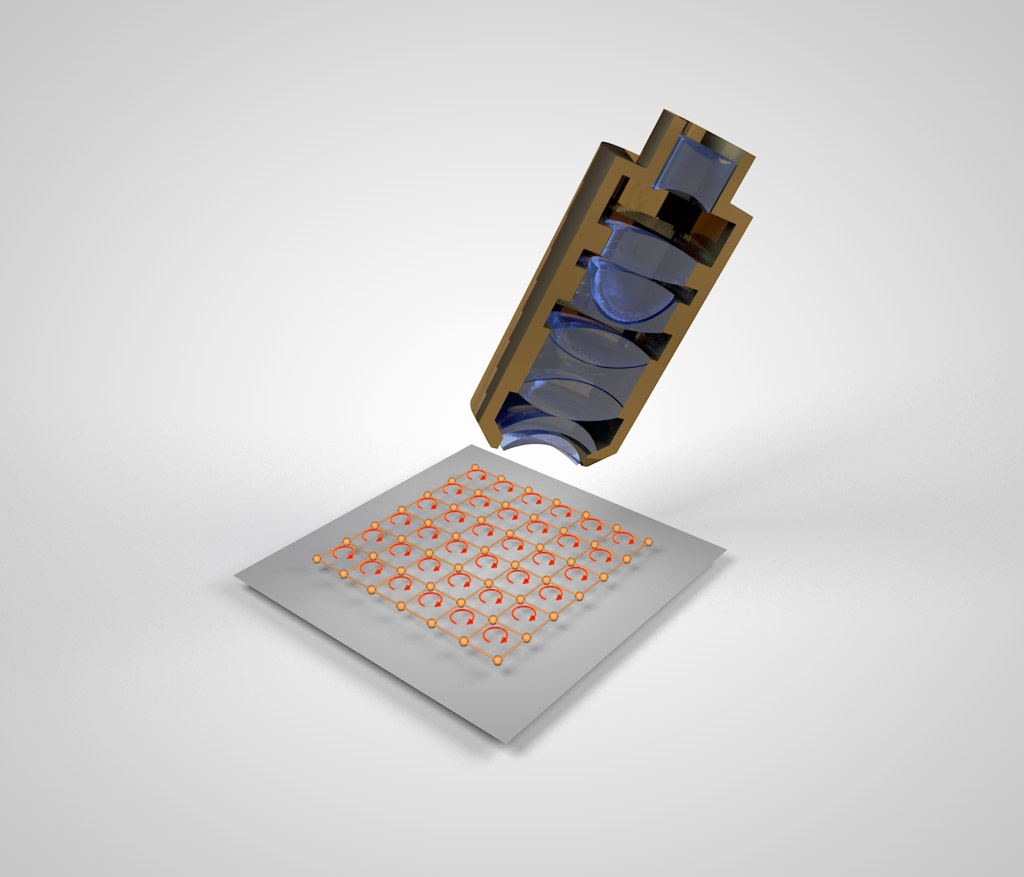Towards Topological Many-Body Physics Using State-Dependent Optical Lattices
Hendrik von Raven – Hector Fellow Immanuel Bloch
During this project a new experimental quantum gas experiment, optimised for the study of topological systems, has been designed and constructed.
A central feature of this setup is a novel technique for the creation of complex topological quantum states using state-dependent optical lattices. It eliminates many limitiations present in current experimental techniques, allowing for the study of more complex quantum system.
Additionally, the setup incorporates state-of-the-art techniques such as high resolution microscopes for the observation of single atoms.
In modern condensed matter physics topology plays a fundamental role in the classification of phases of matter. A prominent example is the quantum Hall effect discovered in two-dimensional electron gases under extreme conditions. Quantum Hall insulators are isolating in the bulk, but exhibit conducting edge states, which results in a quantised Hall conductance. The interplay between topology and interactions between particles gives rise to even more exotic phenomena. One example is the fractional quantum Hall effect where excitations with fractional charges and statistics can occur. These topological systems still pose many open questions and their theoretical understanding and possible realisations in physical systems is at the current frontier of research.
This project is part of the new Caesium laboratory of the Hector Fellow Immanuel Bloch. The goal of this project is the design and construction of a new experimental quantum gas experiment, optimised for the study of topological systems. A central feature of this setup will be a novel technique for the creation of complex topological quantum states using state-dependent optical lattices. This will eliminate many limitations present in current experimental techniques. Additionally, the setup will incorporate novel techniques such as the usage of high resolution microscopes, allowing for the observation of single atoms. This setup will open the path for new studies of topological strongly-interacting phases of matter.

Artistic view of an optical flux lattice observed through a high resolution microscope
Hendrik von Raven
Ludwig Maximilian University of MunichSupervised by

Immanuel Bloch
Physics Hector Fellow since 2012
Hector Fellow since 2012
